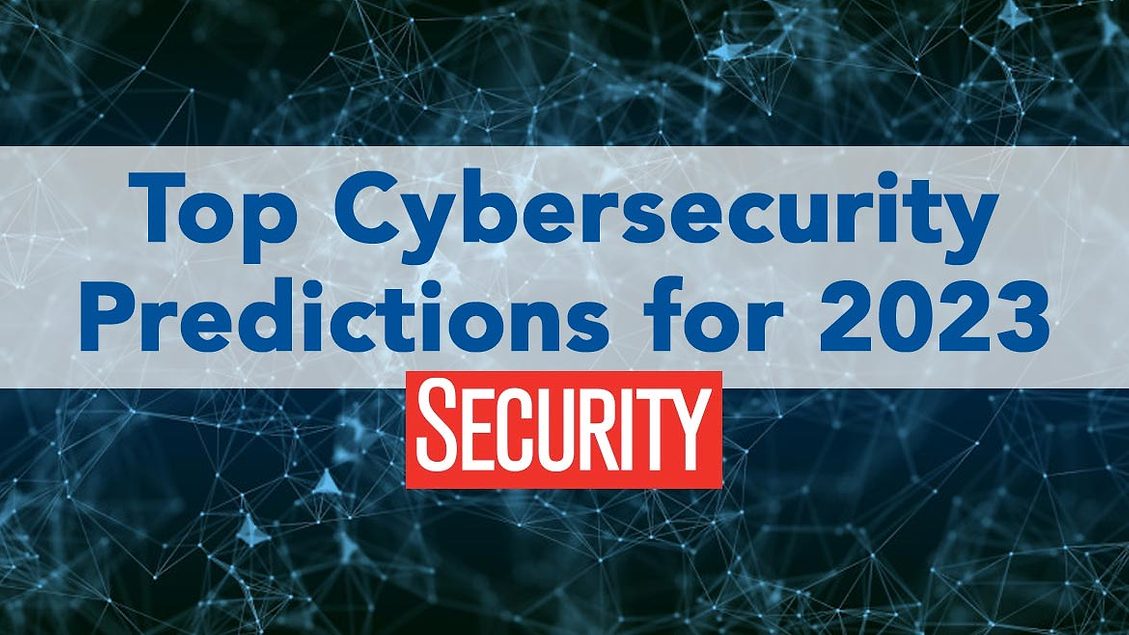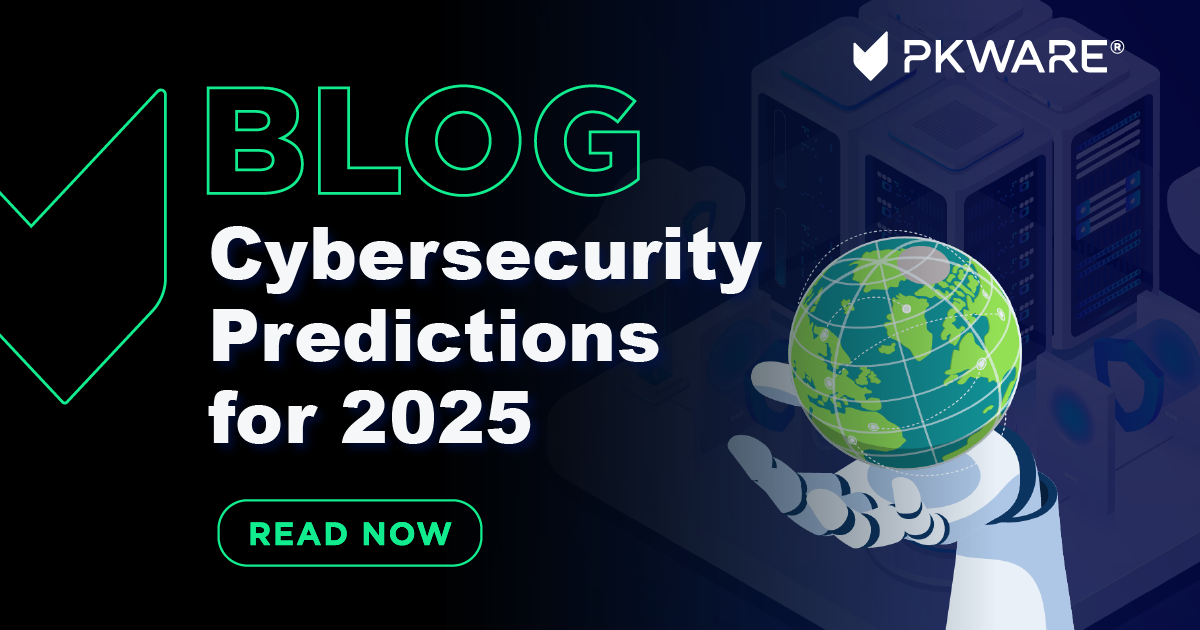Understand Deepfake Social Engineering Attacks and their potential risks.
Future-Proof Your Service: Secret Cybersecurity Forecasts You Required to Know
As companies challenge the increasing speed of digital makeover, recognizing the developing landscape of cybersecurity is essential for lasting resilience. Forecasts suggest a substantial uptick in AI-driven cyber risks, along with increased regulatory examination and the important change towards No Trust Design.
Surge of AI-Driven Cyber Dangers

One of the most worrying growths is using AI in creating deepfakes and phishing plans that are incredibly persuading. Cybercriminals can make sound and video clip material, impersonating execs or relied on people, to adjust targets right into divulging delicate info or accrediting illegal purchases. Additionally, AI-driven malware can adapt in real-time to evade detection by traditional safety procedures.
Organizations need to identify the immediate requirement to boost their cybersecurity structures to deal with these advancing risks. This includes investing in sophisticated risk detection systems, fostering a society of cybersecurity awareness, and implementing durable occurrence reaction plans. As the landscape of cyber dangers transforms, positive steps come to be crucial for guarding delicate data and keeping organization honesty in a progressively digital world.
Enhanced Concentrate On Data Personal Privacy
Exactly how can organizations effectively browse the expanding emphasis on data personal privacy in today's electronic landscape? As governing frameworks evolve and consumer assumptions increase, businesses must focus on robust information personal privacy techniques. This entails embracing extensive information administration policies that make certain the honest handling of personal details. Organizations ought to perform routine audits to analyze conformity with policies such as GDPR and CCPA, recognizing prospective susceptabilities that might bring about data violations.
Purchasing worker training is essential, as team awareness directly influences data security. Organizations must foster a culture of personal privacy, urging employees to comprehend the relevance of safeguarding sensitive info. In addition, leveraging technology to improve information safety and security is necessary. Applying advanced file encryption techniques and safe and secure information storage services can substantially minimize threats associated with unauthorized gain access to.
Partnership with legal and IT teams is important to line up data privacy initiatives with organization purposes. Organizations must additionally involve with stakeholders, consisting of clients, to interact their commitment to data privacy transparently. By proactively addressing data privacy issues, services can develop count on and improve their credibility, ultimately adding to lasting success in a significantly scrutinized digital setting.
The Change to No Count On Architecture
In response to the advancing risk landscape, organizations are increasingly taking on No Count on Architecture (ZTA) as a basic cybersecurity method. This method is based on the concept of "never trust fund, constantly verify," which mandates continual verification of user identifications, devices, and data, regardless of their area within or outside the network boundary.
Transitioning to ZTA involves carrying out identity and accessibility administration (IAM) remedies, micro-segmentation, and least-privilege access controls. By granularly regulating access to sources, organizations can minimize the risk of expert risks and decrease the impact of external violations. ZTA includes durable monitoring and analytics capacities, allowing organizations to find and respond to anomalies in real-time.

The change to ZTA is likewise fueled by the increasing fostering of cloud solutions and remote work, which have increased the strike surface area (cyber attacks). Traditional perimeter-based protection versions want in this new landscape, making ZTA an extra durable and adaptive structure
As cyber threats continue to Source expand in sophistication, the fostering of Zero Count on principles will certainly be essential for organizations looking for to protect their assets and keep regulatory compliance while ensuring service continuity in an uncertain setting.
Regulative Modifications imminent

Approaching laws are expected to attend to a range of concerns, including data personal privacy, violation notification, and occurrence feedback protocols. The General Data Security Law (GDPR) in Europe has set a criterion, and similar frameworks are arising in various other areas, such as the United States with the suggested federal personal privacy regulations. These regulations typically enforce strict penalties for non-compliance, highlighting the requirement for companies to prioritize their cybersecurity actions.
Moreover, industries such as financing, health care, and important framework are most likely to encounter more strict demands, showing the delicate nature of the data they manage. Conformity will not simply be a legal responsibility however an important part of structure depend on with clients and stakeholders. Organizations needs to stay ahead of these modifications, integrating regulative requirements into their cybersecurity strategies to ensure resilience and shield their properties properly.
Relevance of Cybersecurity Training
Why is cybersecurity training a critical part of an organization's defense method? In an era where cyber hazards are progressively sophisticated, companies should acknowledge that their staff members are commonly the first line of protection. Effective cybersecurity training outfits personnel with the expertise to determine prospective threats, such as phishing assaults, malware, and social engineering techniques.
By fostering a culture of security understanding, companies can substantially lower the danger read this post here of human error, which is a leading reason for information breaches. Routine training sessions make certain that employees remain educated about the most recent risks and ideal practices, consequently boosting their ability to react suitably to incidents.
Additionally, cybersecurity training advertises compliance with regulatory demands, reducing the risk of legal effects and financial penalties. It likewise equips staff members to take possession of their role in the organization's safety structure, leading to a proactive instead of reactive technique to cybersecurity.
Verdict
In verdict, the evolving landscape of cybersecurity needs proactive procedures to attend to emerging hazards. The increase of AI-driven strikes, coupled with heightened information personal privacy issues and the shift to Zero Trust Architecture, demands a detailed approach to safety and security.